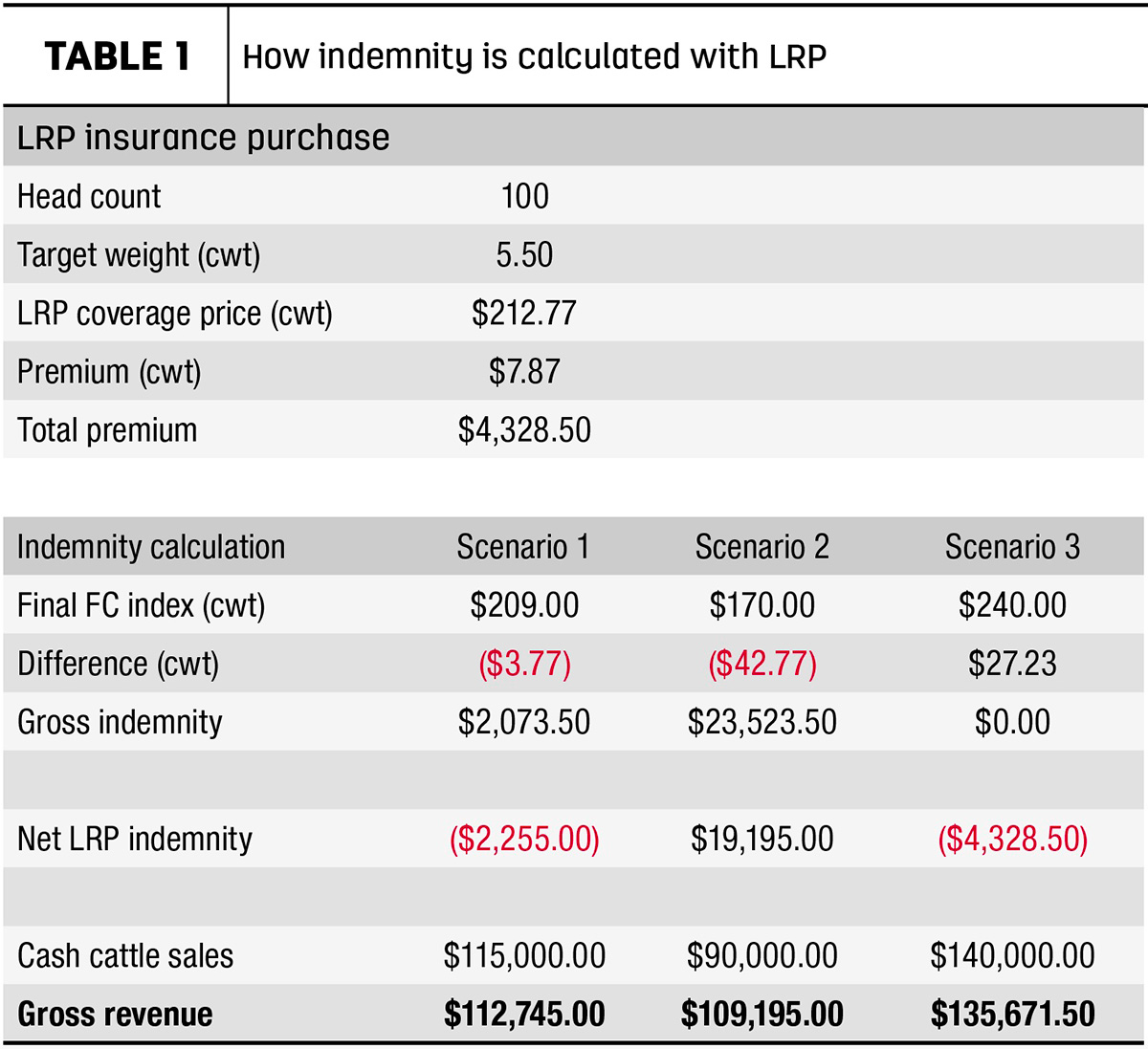Bagley Risk Management : Securing Your Business Future
Bagley Risk Management : Securing Your Business Future
Blog Article
Comprehending Livestock Danger Security (LRP) Insurance Coverage: A Comprehensive Guide
Browsing the world of animals danger security (LRP) insurance policy can be a complex undertaking for many in the agricultural market. From how LRP insurance coverage works to the different protection options readily available, there is much to reveal in this thorough overview that can potentially shape the way animals producers approach risk management in their businesses.

Just How LRP Insurance Policy Works
Occasionally, comprehending the mechanics of Livestock Risk Defense (LRP) insurance can be complicated, but breaking down exactly how it works can provide clearness for breeders and farmers. LRP insurance policy is a threat monitoring tool created to secure animals producers against unforeseen rate decreases. It's vital to keep in mind that LRP insurance policy is not a profits assurance; rather, it concentrates exclusively on rate threat defense.
Qualification and Insurance Coverage Options

When it comes to insurance coverage choices, LRP insurance policy supplies manufacturers the versatility to select the protection level, coverage duration, and recommendations that finest suit their threat monitoring demands. By comprehending the qualification standards and insurance coverage choices readily available, livestock manufacturers can make educated decisions to manage threat properly.
Advantages And Disadvantages of LRP Insurance Coverage
When assessing Livestock Threat Security (LRP) insurance coverage, it is vital for livestock manufacturers to evaluate the drawbacks and advantages inherent in this threat administration device.

One of the main advantages of LRP insurance policy is its ability to offer protection versus a decrease in livestock rates. This can assist guard manufacturers from monetary losses arising from market variations. Furthermore, LRP insurance coverage supplies a level of flexibility, enabling manufacturers to tailor coverage levels and plan periods to match their particular demands. By securing in a guaranteed cost for their animals, manufacturers can much better manage threat and plan for the future.
Nonetheless, there are also some downsides to take into consideration. One restriction of LRP insurance coverage is that it does not secure against all kinds of risks, such as disease outbreaks or natural catastrophes. Additionally, premiums can in some cases be expensive, particularly for producers with large livestock herds. It is vital for manufacturers to meticulously examine their individual risk direct exposure and monetary situation to figure out if LRP insurance coverage is the best threat management device for their procedure.
Comprehending LRP Insurance Coverage Premiums

Tips for Maximizing LRP Conveniences
Taking full advantage of the advantages of Animals Risk Security (LRP) insurance policy requires tactical planning and positive threat management - Bagley Risk Management. To make the most of your LRP coverage, think about the complying with pointers:
Frequently Analyze Market Problems: Keep informed about market patterns and cost changes in the animals industry. my company By keeping an eye on these aspects, you can make enlightened choices about when to purchase LRP coverage to protect against prospective losses.
Set Realistic Coverage Levels: When selecting coverage levels, consider your manufacturing costs, market value of livestock, and potential threats - Bagley Risk Management. Establishing practical insurance coverage levels makes sure that you are appropriately shielded without overpaying for unnecessary insurance coverage
Diversify Your Coverage: Instead of relying solely on LRP insurance, consider diversifying your danger management techniques. Integrating LRP with various other threat monitoring tools such as futures contracts or choices can offer extensive coverage versus market unpredictabilities.
Evaluation and Change Protection Regularly: As market problems change, occasionally examine your LRP coverage to guarantee it lines up with your present danger direct exposure. Changing coverage levels and timing of acquisitions can assist click to read more optimize your risk protection method. By following these pointers, you can optimize the benefits of LRP insurance policy and protect your livestock operation versus unforeseen dangers.
Verdict
To conclude, livestock danger protection (LRP) insurance policy is an important tool for farmers to take care of the economic risks linked with their livestock procedures. By understanding exactly how LRP functions, qualification and protection alternatives, as well as the pros and disadvantages of this insurance policy, farmers can make informed decisions to shield their livelihoods. By carefully thinking about LRP costs and implementing approaches to optimize advantages, farmers can mitigate prospective losses and make certain the sustainability of their procedures.
Animals producers interested in getting Animals Threat Protection (LRP) insurance policy can explore a range of eligibility criteria and protection choices tailored to their certain livestock operations.When it comes to protection options, LRP insurance policy offers producers the flexibility to choose the insurance coverage degree, insurance coverage duration, and recommendations that best suit their threat monitoring needs.To understand the intricacies of Animals Danger Security (LRP) insurance totally, recognizing the factors influencing LRP insurance costs is crucial. LRP insurance coverage premiums are figured out by numerous components, including the coverage level selected, the expected rate of livestock at the end of the coverage duration, the kind of livestock being insured, and the size of the insurance coverage period.Review and Readjust Protection Consistently: As market conditions alter, periodically assess your LRP coverage to guarantee it straightens with your present threat exposure.
Report this page